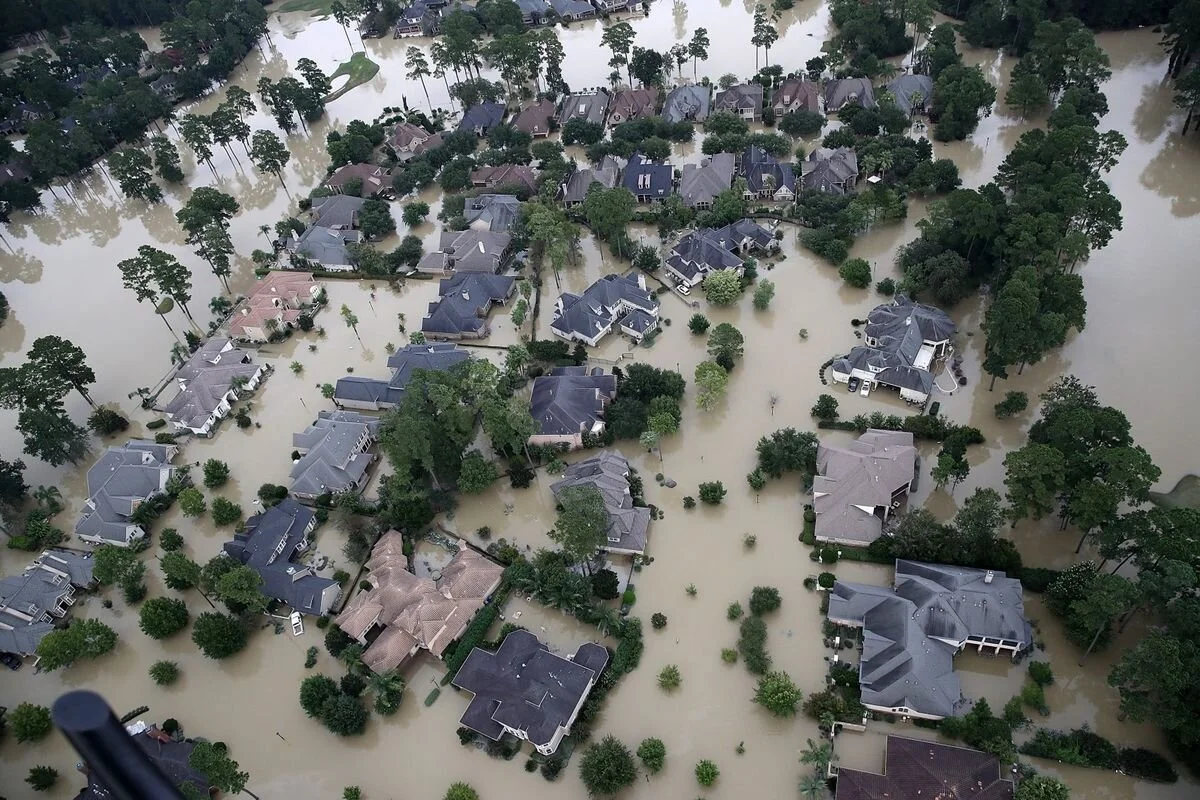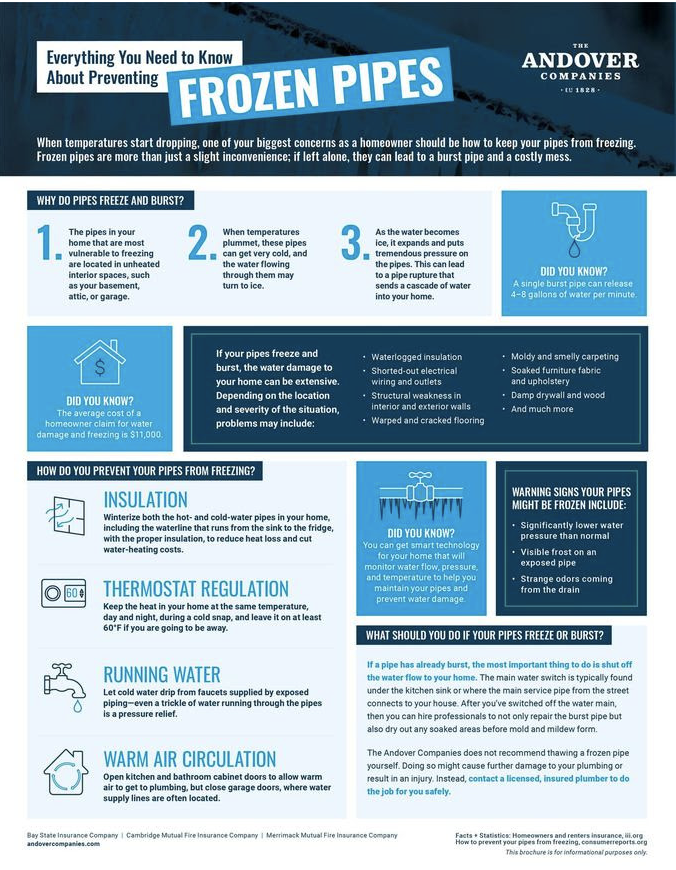What is a Surety Bond?
A surety bond is a three-party contract between the principal (person purchasing the bond), the surety company (entity issuing the bond) and the obligee (entity requiring the bond). The obligee requires the principal to purchase the bond, typically as a precondition to obtaining a business license or beginning work on a contract (more on this later), from the surety company, which guarantees payment up to the full bond amount if the principal violates the provisions laid out in the bond form.
For example, auto dealers are required to purchase a surety bond before receiving a business license. State DMVs (or MVDs depending on the state) require dealers to be bonded so that consumers are protected in the event the dealer commits fraud or violates the regulations governing their license. Dealers (through their insurance agents) obtain their bonds from a surety company. If the dealer commits a claims-worthy offense (altering an odometer, defrauding a customer, not providing a title etc.), then the surety company will pay to the obligee up to the full bond amount as restitution. However, surety bonds are indemnified, meaning that the principal must repay the surety company for all claims and claims handling expenses.
Think of surety bonds as a line of credit, extended to the principal by the surety company, that protect the public from losses if the principal acts unethically.
Who is Required to Purchase a Surety Bond?
There are over 10,000 different types of surety bonds, each with its own unique purpose and requirements. However, most surety bonds fit into one of the below categories:
● License and Permit (L&P): These bonds are required as a precondition for obtaining a business license or permit. Claims made against L&P bonds occur if the principal does not adhere to the terms and conditions of their license. There are thousands of different license and permit bonds, but common examples include:
○ Auto Dealer Bonds, Contractor License Bonds and Mortgage Broker/Lender Bonds.
● Contract: Not to be confused with Contractor License Bonds, Contract Bond must be obtained by contractors before bidding on or starting work on a construction project. The three most common types of Contract Bonds are:
○ Bid Bonds: Project owners often require contractors bidding on a project to purchase a bid bond. These bonds ensure that contractors will be able to complete the project as specified in their bid, and protect the project owner if they don’t.
○ Performance and Payment Bonds: After their bid is accepted and they are awarded the project, contractors will generally have to purchase a Performance and Payment bond. These bonds guarantee that the contractor will:
■ Complete the project on time and as specified in the contract
(performance).
■ Pay all laborers, subcontractors and material suppliers (payment).
● Court: Court bonds are required by and must be filed with a court of law. Court bonds fall into the following two categories:
○ Probate: Required for executors, administrators, conservators and guardians as a precondition to being appointed as a fiduciary over an estate’s assets.
○ Judicial: Required by certain plaintiffs and defendants as a result of legal action.
● Fidelity: Unlike most surety bonds, Fidelity Bonds are typically not required by a government agency but instead by a business’s customers or are elective coverage desired by the business itself. Fidelity bonds protect a business and its customers if the business’s employees commit theft or other fraudulent activities. Common types of Fidelity Bonds include:
○ Employee dishonesty, commercial crime, business services and ERISA
● Financial Guarantee: These bonds ensure the principal will meet a financial obligation and protect the obligee if they don’t. Financial Guarantee bonds are most often required of businesses to ensure compliance with tax obligations.
How Much Does a Surety Bond Cost?
Surety bonds cost a percentage of the bond amount. For example, if you need to purchase a $50,000 surety bond, you will only be required to pay a small percentage of that on a yearly basis. Most surety bonds cost between 1% to 10% of the bond amount per year, with rates calculated based on the principal’s credit score, business experience and past claims history.
Our partnership with BondExchange allows us to offer most surety bonds on a monthly subscription basis. This means that you can purchase your bond one month at a time and cancel it anytime.
What is the Difference Between a Surety Bond and Insurance?
Surety bonds are considered an insurance product, but they do not function like normal insurance policies. For instance, surety bonds do not protect the person who purchased the bond (excluding Fidelity Bonds) but rather the entity that is requiring it. Surety bonds do not provide the principal with any benefit other than serving as a precondition to performing a certain action. Instead, surety bonds are for the benefit of the obligee and the general public to protect them from actions that are a violation of the law committed by the principal.
Claims made against surety bonds are completely available and only occur as a result of deliberate violations of the bond’s provisions by the principal. Additionally, as we mentioned before, principals must repay the surety company for all claims and claims handling expenses. As a result, surety companies underwrite surety bonds differently than other insurance types. For example, typical insurance coverages are underwritten with the goal of determining the likelihood of a claim occurring. On the other hand, surety bonds are underwritten with the goal of determining whether a claim will occur as well as the principal’s ability to repay the surety
company for all valid claims. This is why surety companies require a credit report, and in some cases financials, as well as review the principal’s prior claims.
How Can I Obtain a Surety Bond?
The Sarrica Insurance Group makes obtaining surety bonds quick and easy. Through our partnership with BondExchange, we can offer instant quotes on most surety bond types, including harder-to-place risks subject to credit and financial underwriting. Additionally, our ability to offer bonds on a subscription basis and our access to over 30 different markets ensures you will never over-pay for your coverage.


